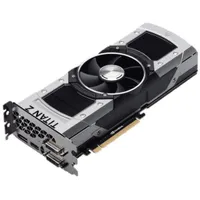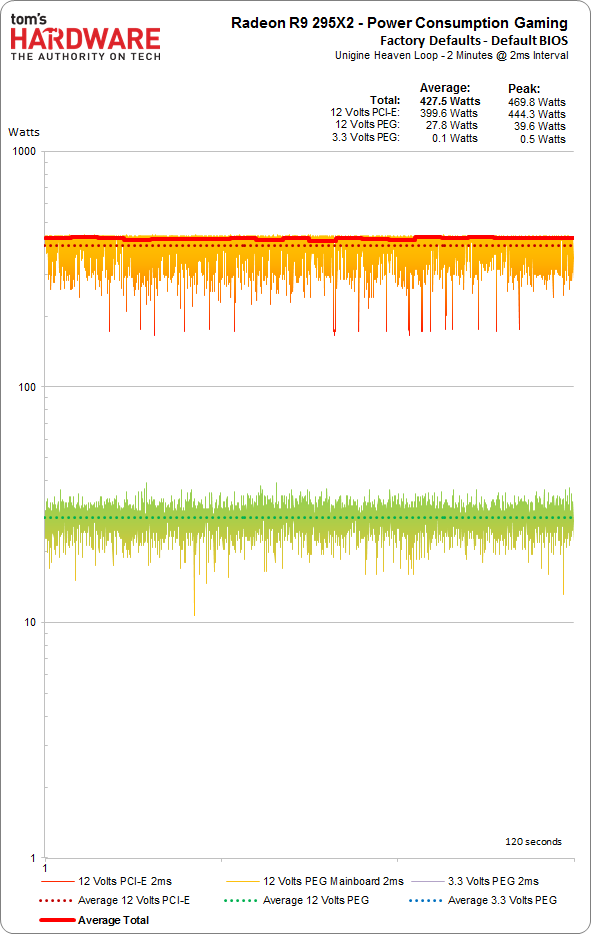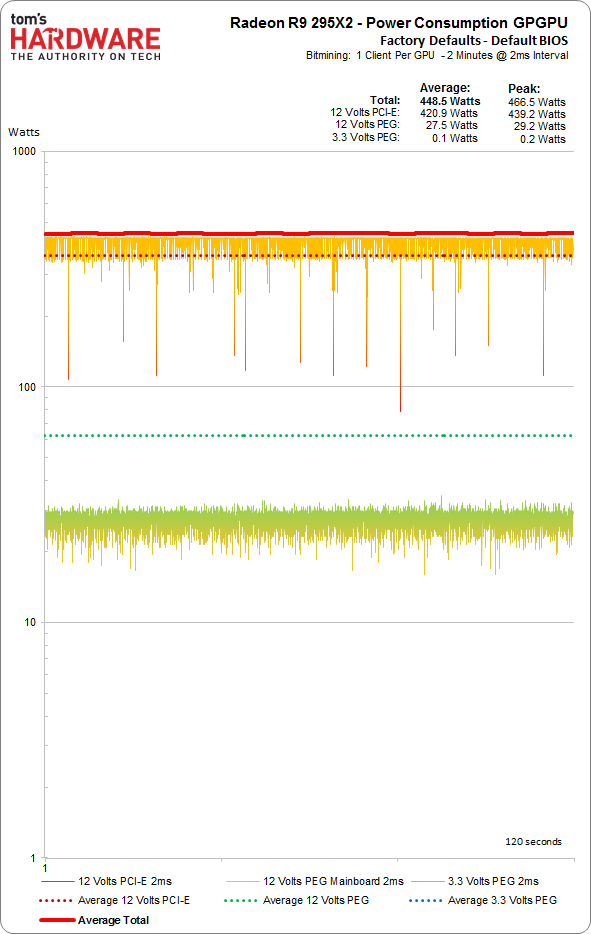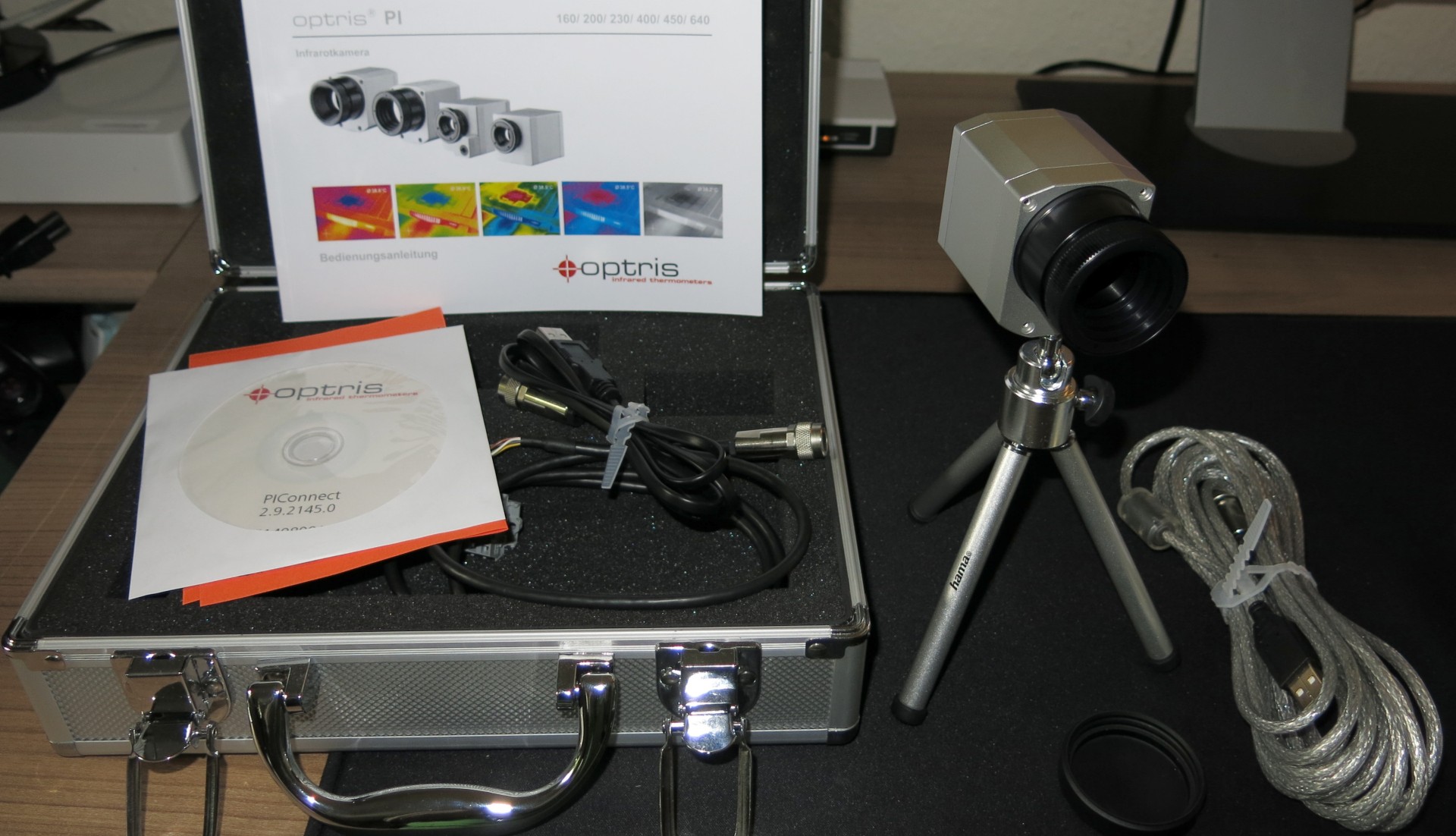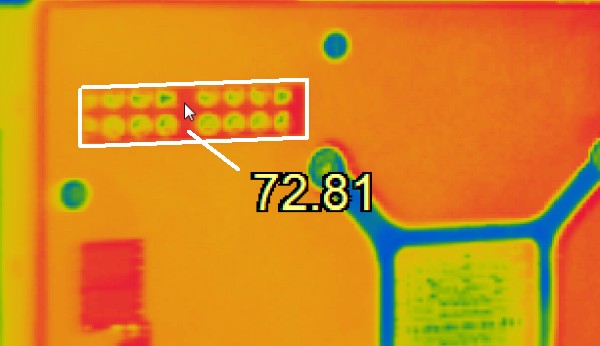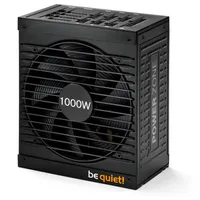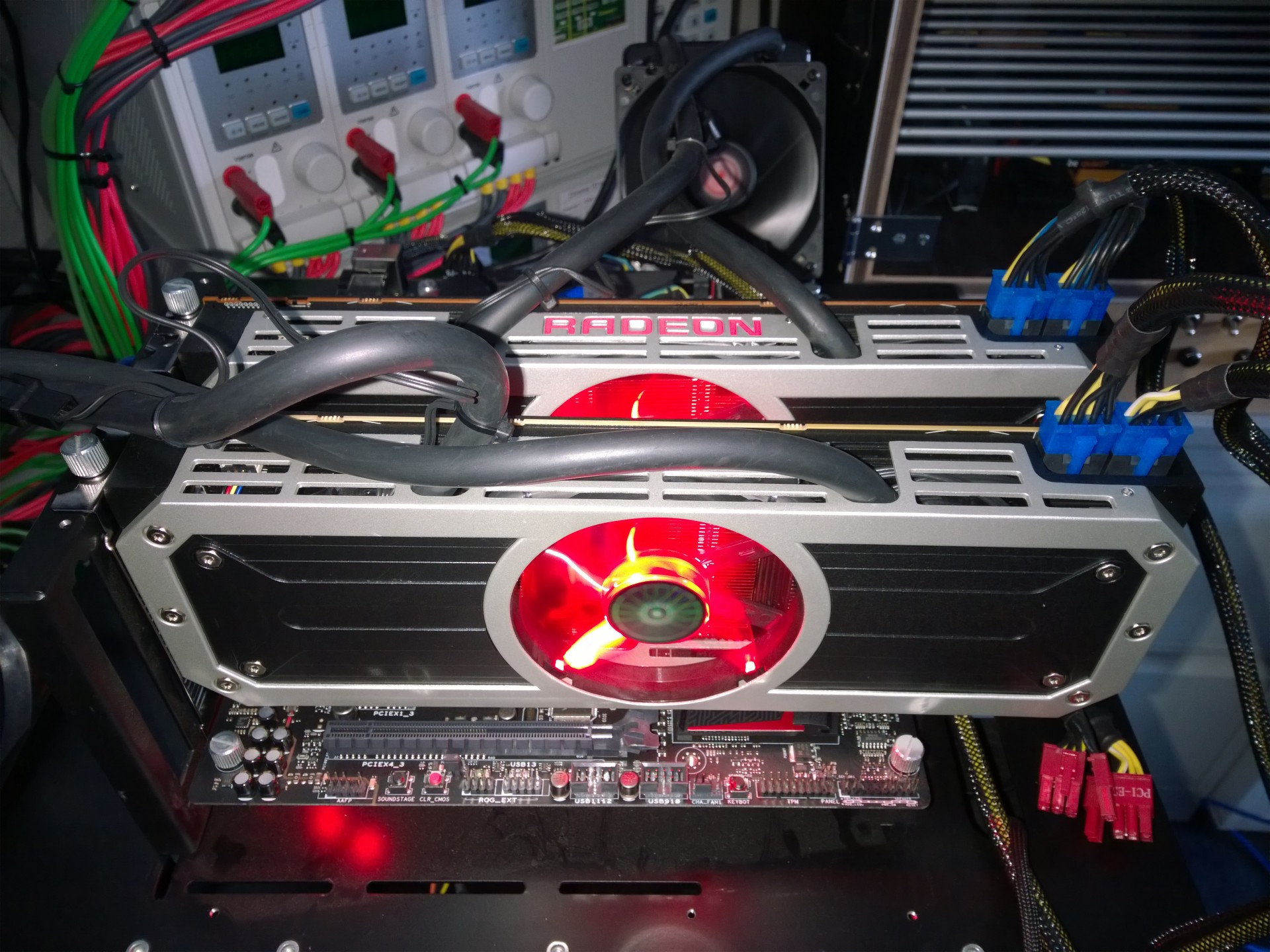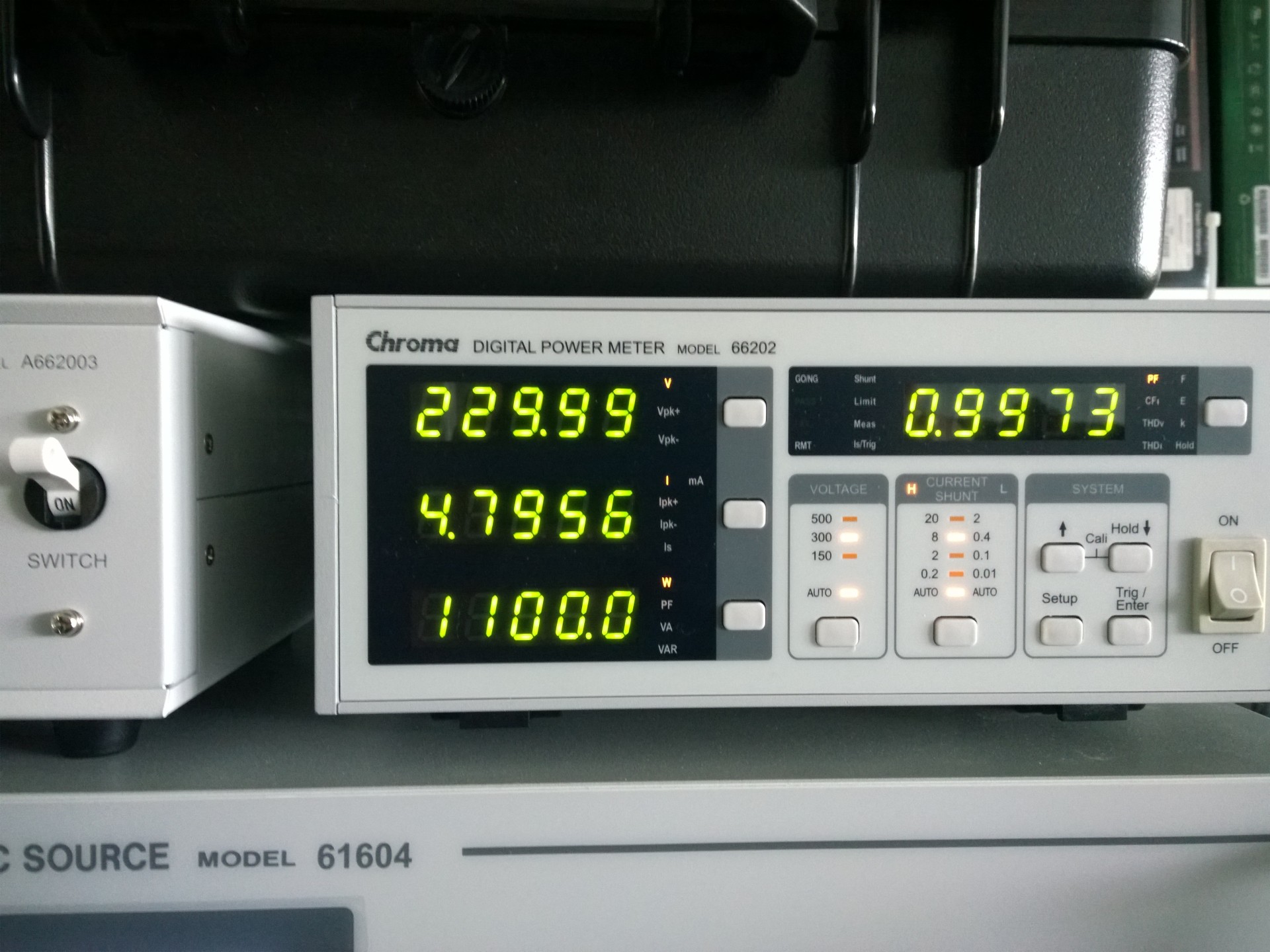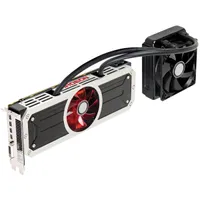The Math Behind GPU Power Consumption And PSUs
Is AMD's Radeon R9 295X2 A PSU-Killer?
Knowing The Limits: Where’s The Tolerance Boundary?
Since we now know why the current crop of graphics cards produces extreme load spikes, we can start looking at the possible consequences. Who doesn’t remember all of the discussions during AMD's Radeon R9 295X2 launch? Which cable should be connected to which of the PSU’s rails? How durable are the connectors? Where are the card's limits? And what do you blame in the event of a bang, a hiss and then darkness - the connector, cable or PSU?
A lot has been written about AMD’s flagship violating standards and specifications. Nvidia's GeForce GTX Titan Z received the same treatment (though Nvidia wasn't brave enough to send that board out to reviewers). This is where we’re going to jump in and tell you whether the speculation might have been unwarranted, existing only because reviewers weren't able to definitively test for themselves.
AMD tells us that the Radeon R9 295X2’s TDP is 450W. We’ve known since the second page of this story, given its PowerTune technology and the underlying theory, that 450W isn't just a rough estimate either, but a real limit. We measure just under 430W in while gaming, which is in line with the company's specifications and a lot less than the >500W figure we've seen thrown around.
The stress test is next. AMD's Radeon R9 295X2 stays just under 450W there as well, which goes to show that if you're not collecting data quickly enough, your results will be way off.
Infrared Video Of The AMD Radeon R9 295X2 Under Full Load
We’re simultaneously using a PI450 by Optris that can record and evaluate the entire process as a video in real time, thus providing us with a good overview.
Will our power supply cables and the auxiliary connectors themselves survive this ordeal? Where is all of the heat coming from, to begin with? Is contact resistance, bad contacts or maybe cheap cables to blame? None of the above, actually. We’re running the first 10 minutes in time lapse and summarize everything in five minutes.
The video suggests that the source of this card's extreme temperatures is its board design. Those voltage regulators get hotter than any reasonable expectation, especially in light of their active cooling. Along with the two GPUs, this results in continuously rising board temperatures, which a backplate can’t keep under control. Not that the backplate is even helpful. Temperatures are actually lower without it when surrounding air circulates freely.
Get Tom's Hardware's best news and in-depth reviews, straight to your inbox.
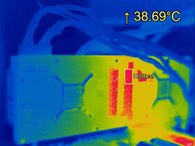
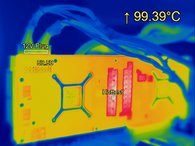
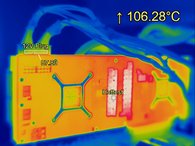
The heat spreads through the auxiliary power connector pins soldered in place. They reach up to 59 degrees Celsius. Thermal energy is then transferred to the cable via contacts in the connectors.
At the end of the day, there’s no need to worry about the power connectors and cables, as long as they’re up to industry quality standards. But what about the PSU?
Supply Shortages? Not Really, If …
To make things a bit more interesting, we measure one and then two of these graphics cards at a smoldering 30 degrees Celsius of ambient temperature. That's right. Four-way CrossFire. We're using a 500W be quiet! Straight Power E10 for one card first, which shuts down at no less than a 20-percent overload. If the 430W average power consumption measurement from our gaming test proves correct, then an available maximum of 600W should be enough for the graphics card, a decent motherboard, a Core i7-4770K at stock speed, 8GB of RAM and an SSD.
The PSU does prove ample. The Chroma Digital Power Meter never shows more than 610W, and it usually stays well below that number. The loop is stable enough that we were able to grab a bite to eat while it ran. So where were the failures coming from when AMD launched the 295X2?
Adding the second Radeon R9 295X2 was accompanied by a step up to be quiet!'s 1000W Power Zone, a somewhat dated, 80 PLUS Bronze-rated PSU.
After another hour-long gaming loop, the Chroma Digital Power Meter tells us that the power draw on the primary side doesn't exceed 1100W, meaning our whole platform comes in under 1000W. This proves that our power consumption measurements hold up in practice.
The question remains why much larger systems shut down.
Let’s take a look at video of the stress test. Note: The noise is comprised of the roaring Chroma and both two graphics cards.
The PSU and the graphics card need to be a good fit. The maximum wattage specified by the manufacturer isn’t all that matters. Factors like single- or multi-rail power delivery, available current and whether amperage can be maintained without voltage drops are important as well. In the end, your PSU sets the limits.
Current page: Is AMD's Radeon R9 295X2 A PSU-Killer?
Prev Page Measuring Power Consumption: A Practical Implementation Next Page AWG: Cables Everywhere!
Igor Wallossek wrote a wide variety of hardware articles for Tom's Hardware, with a strong focus on technical analysis and in-depth reviews. His contributions have spanned a broad spectrum of PC components, including GPUs, CPUs, workstations, and PC builds. His insightful articles provide readers with detailed knowledge to make informed decisions in the ever-evolving tech landscape
-
Vorador2 Man, everytime i'm truly fed up with Tom's posting news that read as press releases, and badly written opinionated pieces, a jewel of a deeply researched original article shows up.Reply
Thanks for reminding me of the reasons i started reading Tom's Hardware. -
FormatC It is always difficult to break down the complex content to find an understandable level for all. We may lose a lot of information by this way (and some experts and nitpickers will kill me) or write boring and extra dry stories for a handful of readers without simplifications. It is always hard for us to find a good compromise.Reply
This equipment, shown in the review, is a good basement for a lot of other in-dept reviews in Germany, like the efficiency analysis of Nvidias GeForce GTX 970. You simply need exact numbers to do this. :D
I've also visited PSU manufacturers in Asia this year and this VGA-PSU problem is now more in focus...
But all this are another stories and I hope, that we get for all this more translation capacity here in US/UK. If not: it is a good reason to learn German :D
-
gofasterstripes Tom's Hardware delivers another piece of technical journalism at the gold standard.Reply
Well done to all involved, thank you. -
s3anister This was an excellent read; thank you for the incredible amount of work done for this article.Reply -
justin2003jclc Hi Toms Hardware,Reply
Can you clarify on your rule number3 ? Do you means that most of the PC PSU in the market are linear power supply when you mention about analog? Do you mean that there is only minorities of PC PSU available in the market are using switching power supply design? -
This is GOLD! Kudos to Igor for writing such a superb article. I hope he makes all the PSUs he reviews, undergo the same tests. Can't wait for his PSU reviews :)Reply
-
pecul1ar Congratulations on finishing this year long experiment, and thank you for sharing us your findings. This must have lifted a load off your shoulders..Reply
Oh, so this was translated? Thank you for that as well :) -
NoShot So, my take away from this is my PC builder (will not name here but is one of the larger ones offering custom builds) mislead me on their configuration setups when they said a Corsair RM850 PSU would be fine for a r9 295x2 and a i7 4970k. Not surprisingly, I am having random issues with this build where the 29 295x2 would only activate one GPU after system reboot or awake from sleep mode. I was thinking it was a driver issue, but looks like I need to drop a couple hundred dollars on a replacement PSU.....great. Genuine thanks for the article though.Reply
